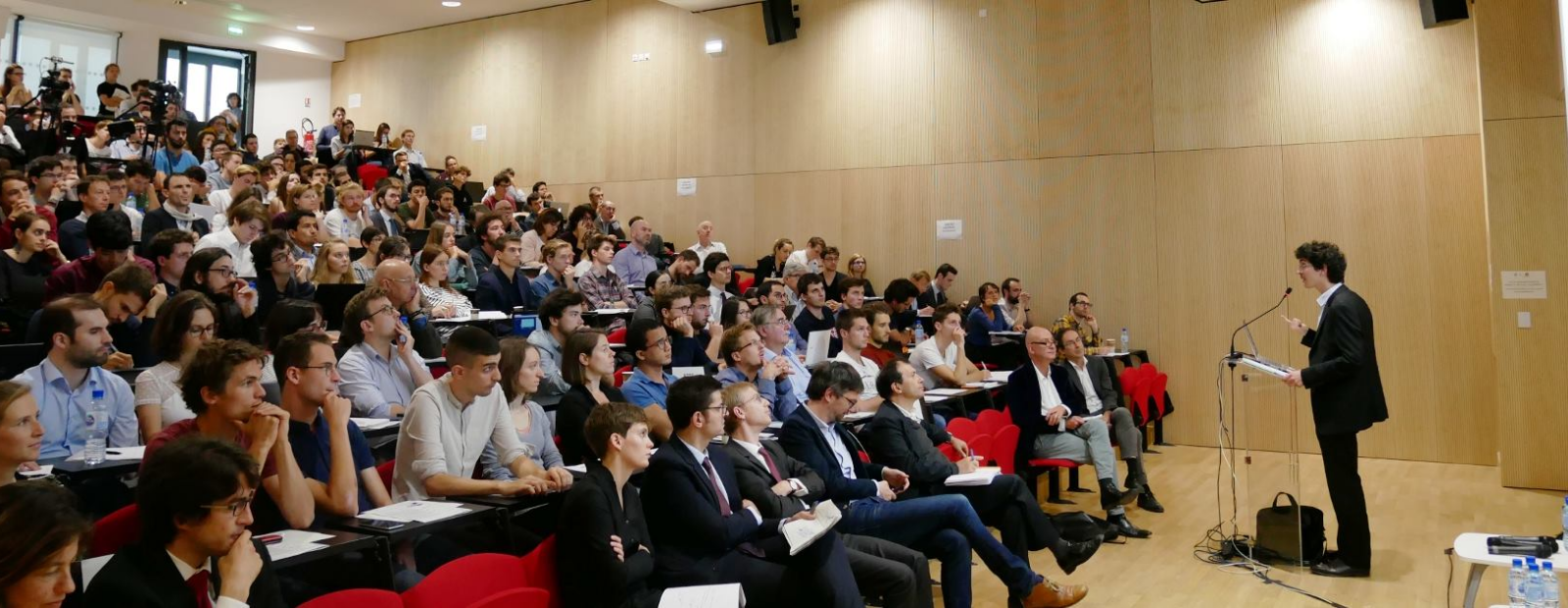Publié en
- Professeure
- Responsable du Pôle Police-Justice
- Université Paris 1 Panthéon-Sorbonne
- Institut des politiques publiques
- Membre de l’Institut des Politiques Publiques
Groupes de recherche
- Chercheur associé à la Chaire Économie des migrations internationales et à la Chaire Ouvrir la science économique.
THÈMES DE RECHERCHE
- Economie Régionale et Urbaine
- Politiques publiques
Contact
Adresse :48 boulevard Jourdan,
75014 Paris, France
Campus : Campus Jourdan
Étage : 3
Bureau : 61
Publications HAL
-
Neighbor Effects and Early Track Choices Pré-publication, Document de travailAuteur : Manon Garrouste
-
Decentralization, Ethnic Fractionalization, and Public Services: Evidence from Kenyan Healthcare Pré-publication, Document de travail
Publié en
-
Custodial versus non-custodial sentences: Long-run evidence from an anticipated reform Pré-publication, Document de travailAuteur : Bastien Michel
Publié en
-
Custodial versus non-custodial sentences: Long-run evidence from an anticipated reform Pré-publication, Document de travail
Publié en
-
Understanding the Reallocation of Displaced Workers to Firms Pré-publication, Document de travail
Publié en

